The climate of central Russia is not easy and creates obstacles for growing berries and vegetables. This is especially true for such a sensitive crop as strawberries. But today everything is possible if you choose the right variety. For example, strawberries “Zenga Zengana” will definitely provide a gardener with a rich harvest, even in rather harsh conditions.
Material Content:
Variety description, selection history and region of growth
The development of the hybrid began at the end of the war, when German breeders planted two different varieties of strawberries on the test field for crossbreeding - Ziger and Marche. At the last stage, a new variety was developed that withstood even the most severe frosts. He was given the name "Zenga Zenga". Today this variety has become widespread in regions of the middle zone of Russia and the North Caucasus that are not the most favorable for growing classical culture.
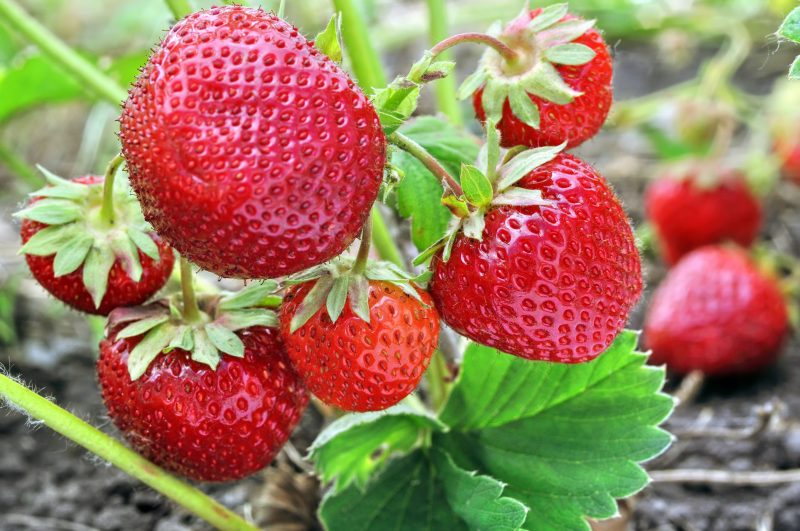
Strawberries “Zenga zengana” are tall, but compact bushes with dark green foliage and berries weighing from 10 to 15 g. Sometimes you can see fruits weighing 30 g.
The color of the berries depends on the conditions of their growth. If you plant a plant in the shade, the fruits will be juicy red. If the berries receive a lot of sunlight, then they acquire a maroon shade.
Advantages and disadvantages of the variety
Such a variety has more advantages than disadvantages. The surface of the fruit is dense, they lack wateriness. This allows you to transport strawberries without losing their appearance, so this variety is often used for commercial purposes. At the same time, one cannot fail to note the great taste of berries - this is really the sweetest strawberry.A nice bonus - when frozen or cooked, the fruits retain their shape.
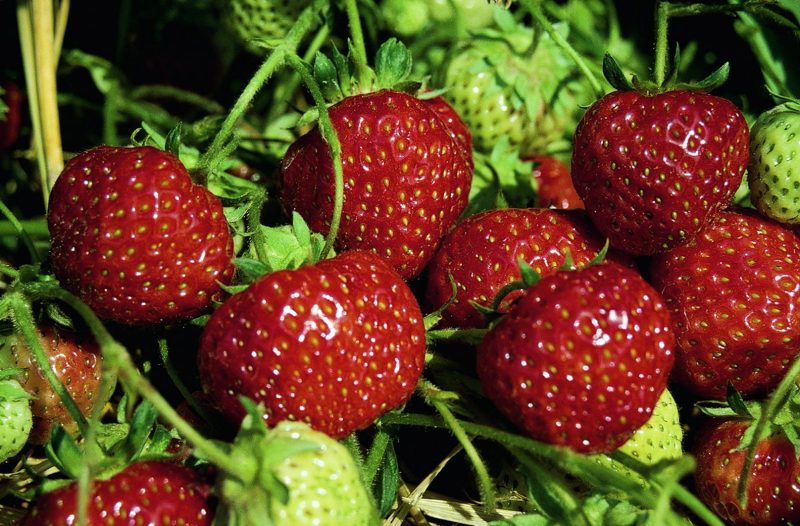
Harvesting is possible from mid-June until the beginning of September. From one bush you can remove up to 1.5 kg of berries. The lifespan of this variety is from 4 to 5 years, then it will need to be replaced by a young plant. True, many gardeners consider long-term fruiting more as a minus than a plus, since at the end of the season the plant spends a lot of effort on setting small fruits.
Such a variety can be grown in any weather, it is unpretentious to the soil, but weak against some diseases and pests.
Selection and preparation of the landing site
The key to a rich harvest is the right purchase and planting of strawberries. Before planting a plant, you should carefully examine the seedling. It is worth paying attention to the root system - it must be well developed and without any damage. The core is green, resilient and dense. It is best to choose a seedling with a basal neck with a diameter of at least six centimeters. Also, the seedling itself must be fresh in appearance and ready for transportation.

If we talk about the landing site, then for this kind of lowlands and slopes are not suitable. The site should be lit as much as possible so that the berries ripen. To protect from wind, bushes can be planted close to buildings on the north side.
Two weeks before planting strawberries, the site should be cleaned of pests and weeds, as well as nourished. You can use rotted manure, humus, potassium substances and, if necessary, add dolomite flour to reduce the acidity of the soil.
How to plant strawberries Zeng Zengan
In order for strawberries to bring as much yield as possible, gardeners advise planting such a variety next to other plant varieties that have a similar ripening period.
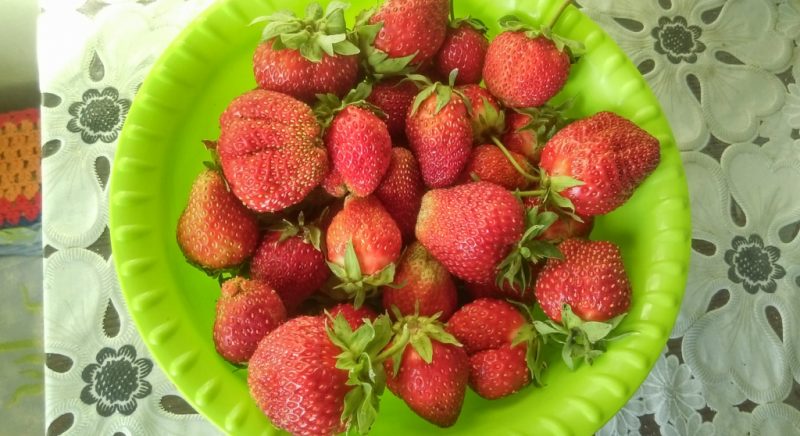
When planting a seedling, there are some rules:
- First, we drip a small hole, pour water into it and place a seedling in it.
- It is necessary to arrange it so that the central kidney is on the surface of the earth.
- We cover the roots, water the soil well and cover with mulch.
Agrotechnics of cultivation and care
Plant care is primarily watering. It is very important to moisten the soil before flowering, and then focus on the weather.
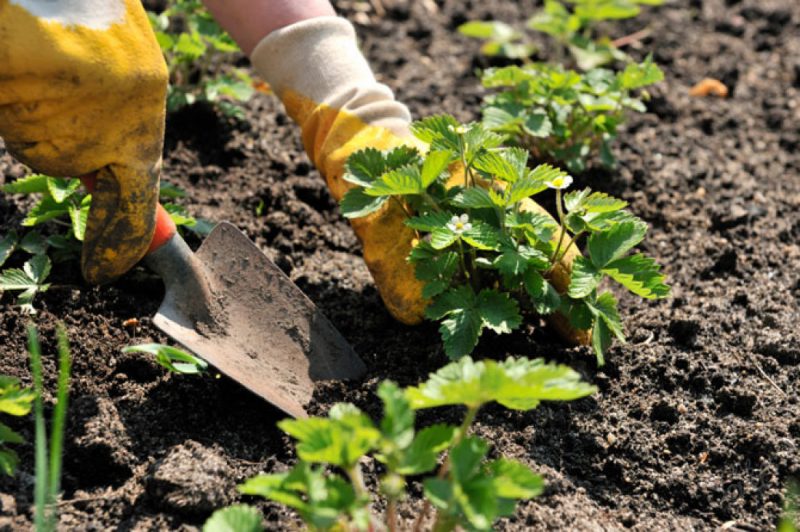
- If the street is not too hot, then you should water the crop once a week.
- If it’s hot, every five days.
The soil should not become like a stone, therefore it is necessary to act according to the circumstances.
Experienced gardeners use a drop of watering. It is good because there is uniform moisture without the need to move the hose, which can damage the bushes and expose the roots.
Watering also needs to be done correctly, the soil should absorb moisture deep down to 30 cm. Water the bushes carefully so that water does not get on its green part. The best time for watering is the morning hours.
- Weeding and cultivation. A site with berry plantings should not be neglected; it is better to remove weeds immediately. Land clogged with meltwater, especially in need of cultivation. Loosen it between rows to a depth of 10 cm. Near the bushes, care must be taken so as not to damage the roots. It is better to spruce the bushes a bit so that the subordinate roots are underground. If the roots of the old bushes are bare, it is better to sprinkle them with earth and spud.
- Top dressing. It is important not to overfeed the plant. Liquid components, especially nitrogen, are needed for the green mass of the bush, but not for the berries. If the leaves began to grow, then you can feed the plant with infused mullein with the addition of sulfate. Before the flowering period, you can use a sulfate mixture. Liquid organic substances are also good, even bird droppings will come in handy. It is poured with a small amount of water, kept for five days, and then stirred with water in a ratio of 1:10 (per 1 sq. Meter to 6 l of infusion).
- Pests. For this kind of garden berry, the most dangerous pest is a strawberry tick, which is not always possible to discern, since it is very small.The fact that the pest attacked the strawberries will be indicated by spots on the leaves and the appearance of gray rot. To be safe, you need to heat the seedlings before planting. For this, the water is heated to 40 degrees, the planting material is lowered for 15 minutes, then it is dried and planted.
Harvesting and storage
Despite the fact that the variety “Zenga Zengana” tolerates transportation well, still such a berry is tender and requires special attention during assembly and storage. The best time to pick fruit is early morning or evening. You need to carry out the collection even when the weather is rainy. Because of the dampness, strawberries can rot or can be damaged by frogs who adore wet weather and sweet berries.
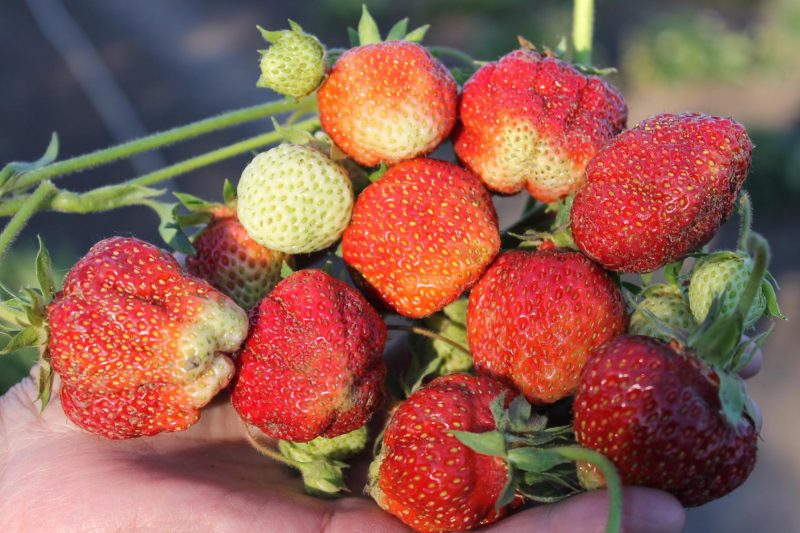
- You need to rip only ripe fruits, as immature ones will not have that taste and smell.
- It is also worth not to miss the assembly time, as overripe berries quickly deteriorate.
- You need to pick strawberries with a hat and a short leg - that is how it does not lose its taste for a long time.
- Harvest must be immediately in the container in which it will be stored.
- It is very important to prevent the infected berries from getting into the general capacity, since the whole crop can deteriorate from it. Especially if it will be kept warm and in a closed container.
So that the strawberries retain their shape, do not stick and do not rot, they should be laid in three layers. The container should be well ventilated. It is best to use cardboard or plastic boxes. Harvest should be stored only in the form in which it was collected, and only in a cool place.
How to prepare strawberries for winter
In late autumn, strawberry bushes need to be covered. The material should be selected based on the climatic conditions of the region.
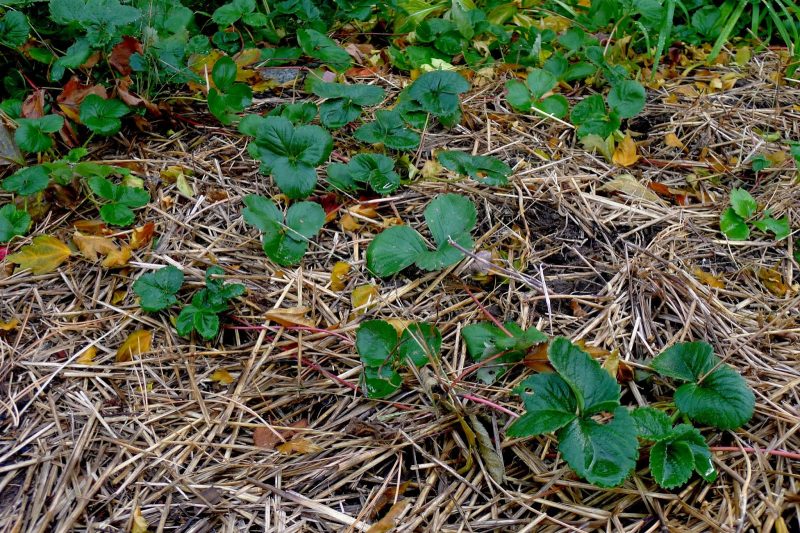
- If the winter is not too frosty and snowy at the same time, it is enough to cover the culture with a dense layer of mulch.
- If the winter is very frosty, then protection will be required harder. For such cases, spruce is a good material. If the bush is first-year, then it is completely covered, an adult plant is simply encircled with spruce circumference. Ordinary tops and leaves in this case are not suitable, they decompose and pests often winter in them.
Strawberry variety "Zenga Zengana" is ideal for those gardeners who sell berries. It has high productivity with small sizes and long-term safety of presentation.












